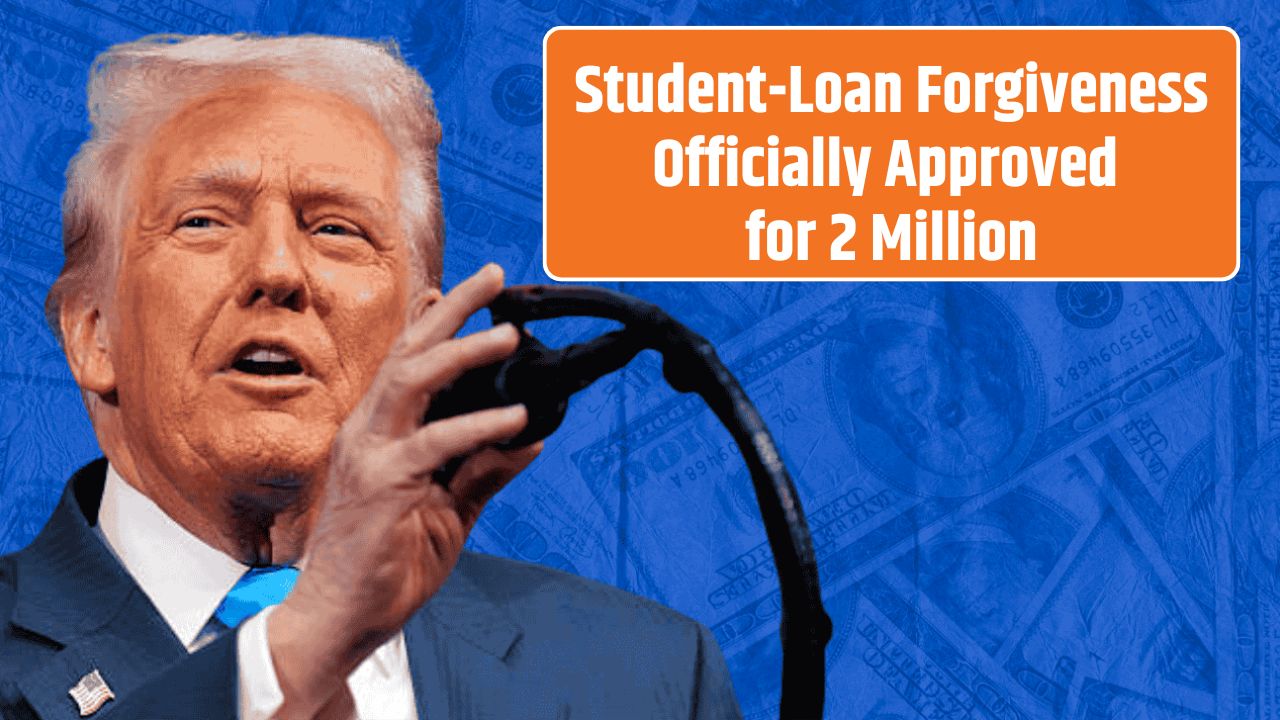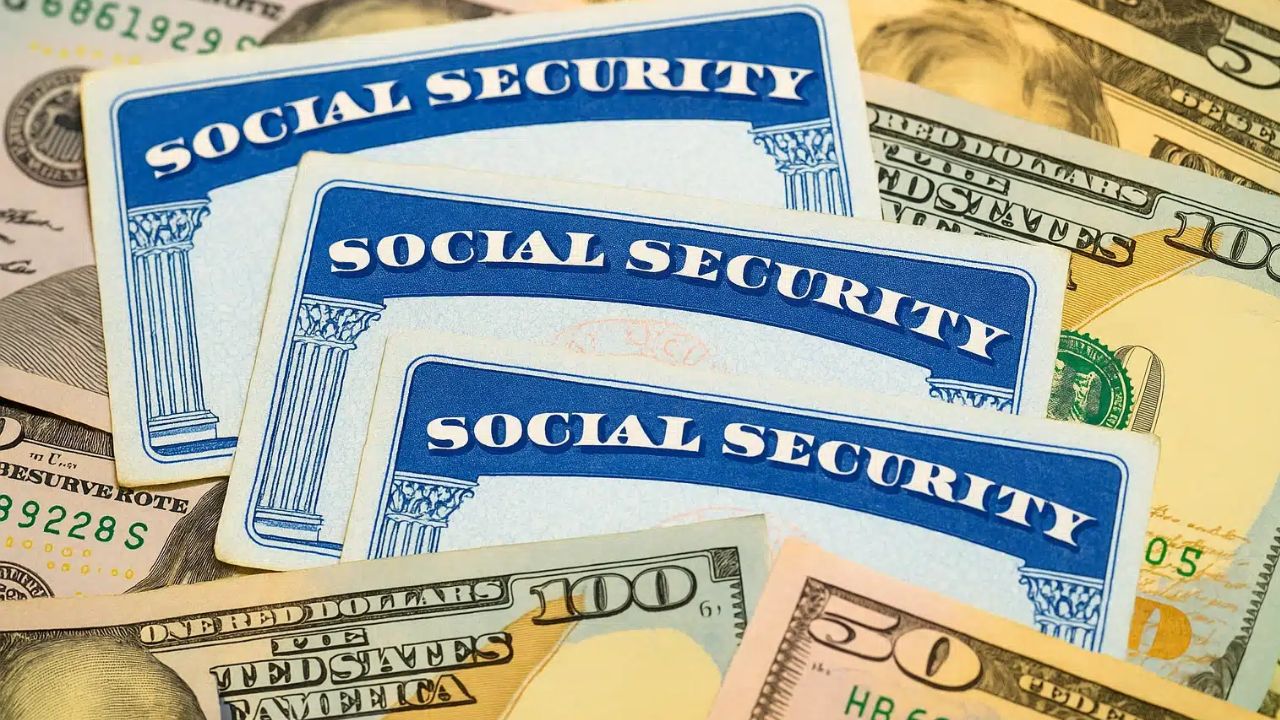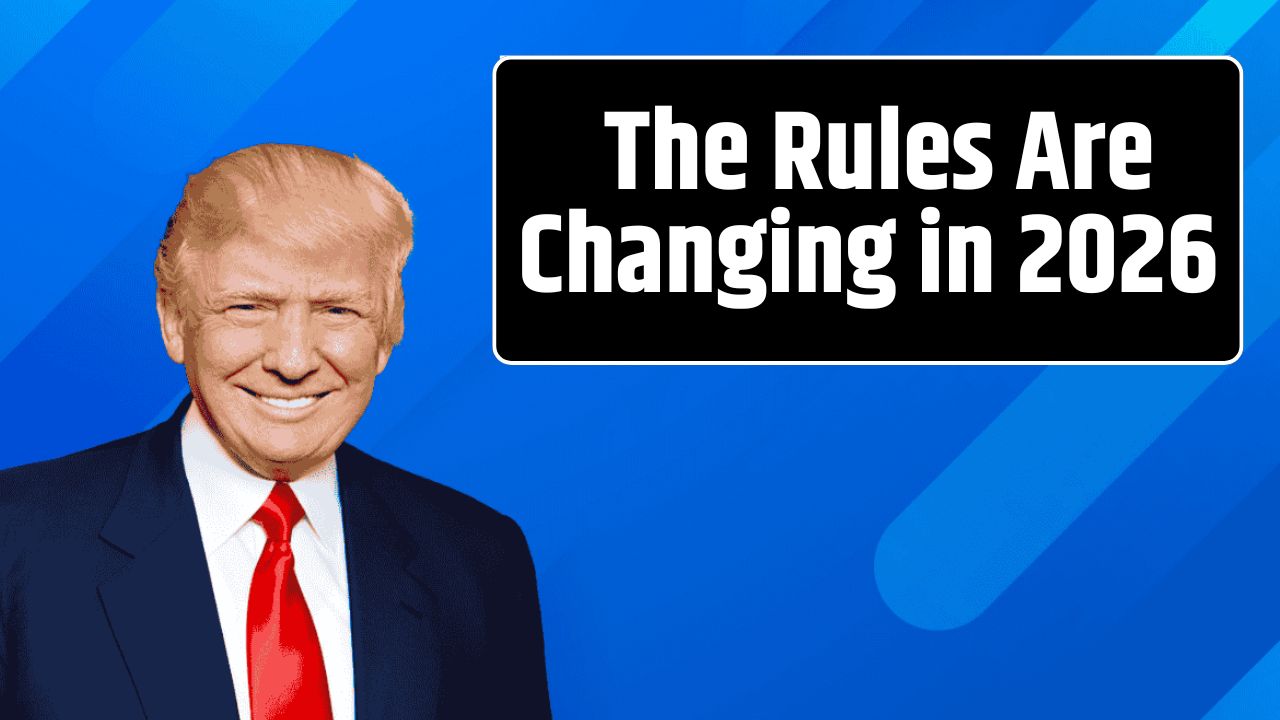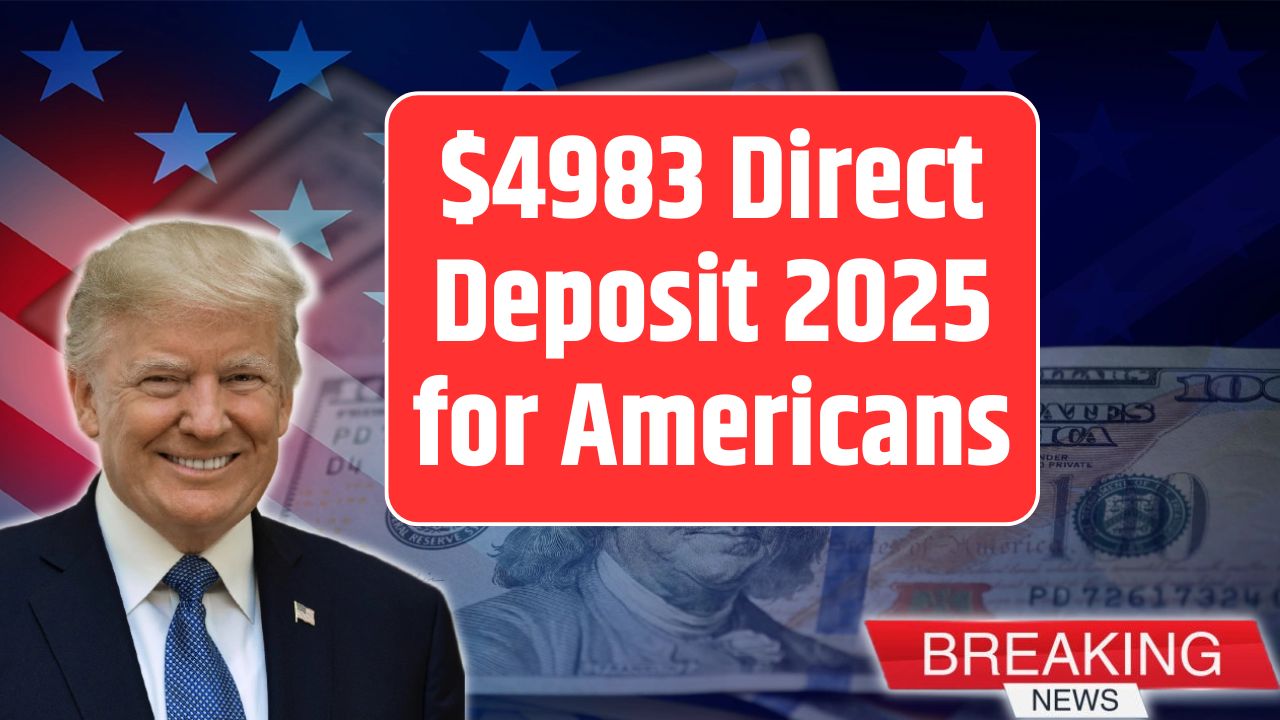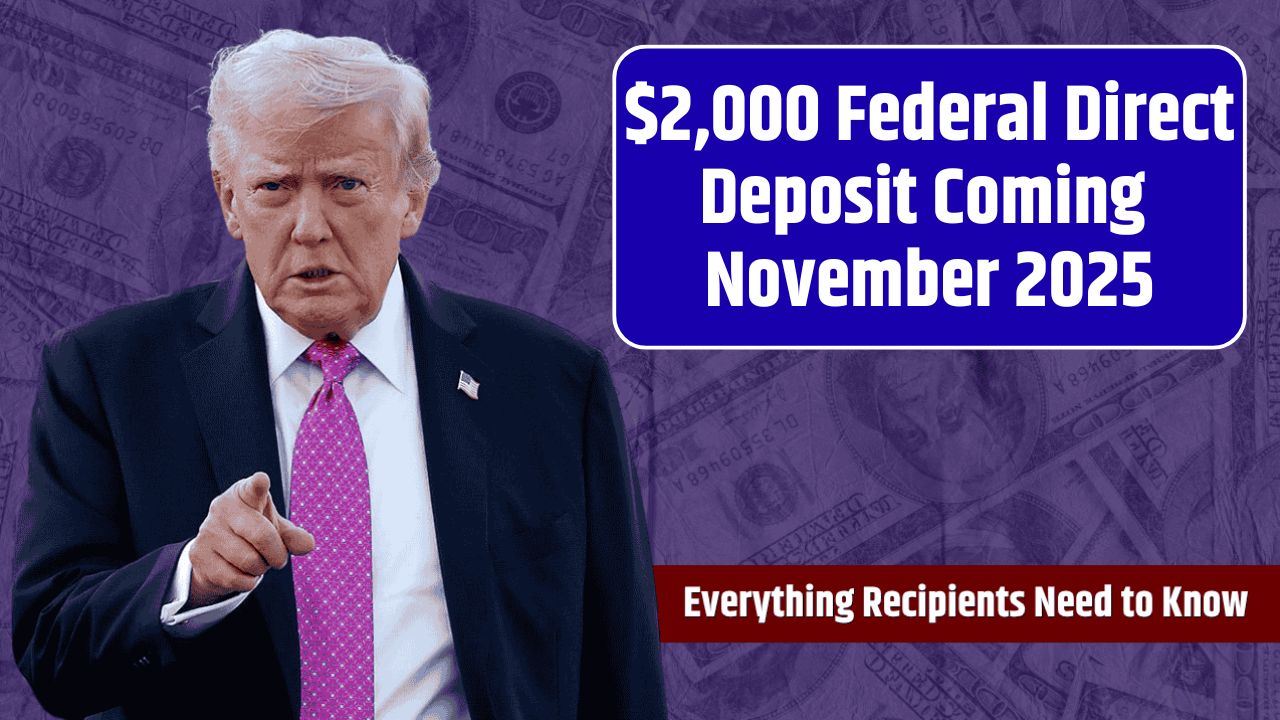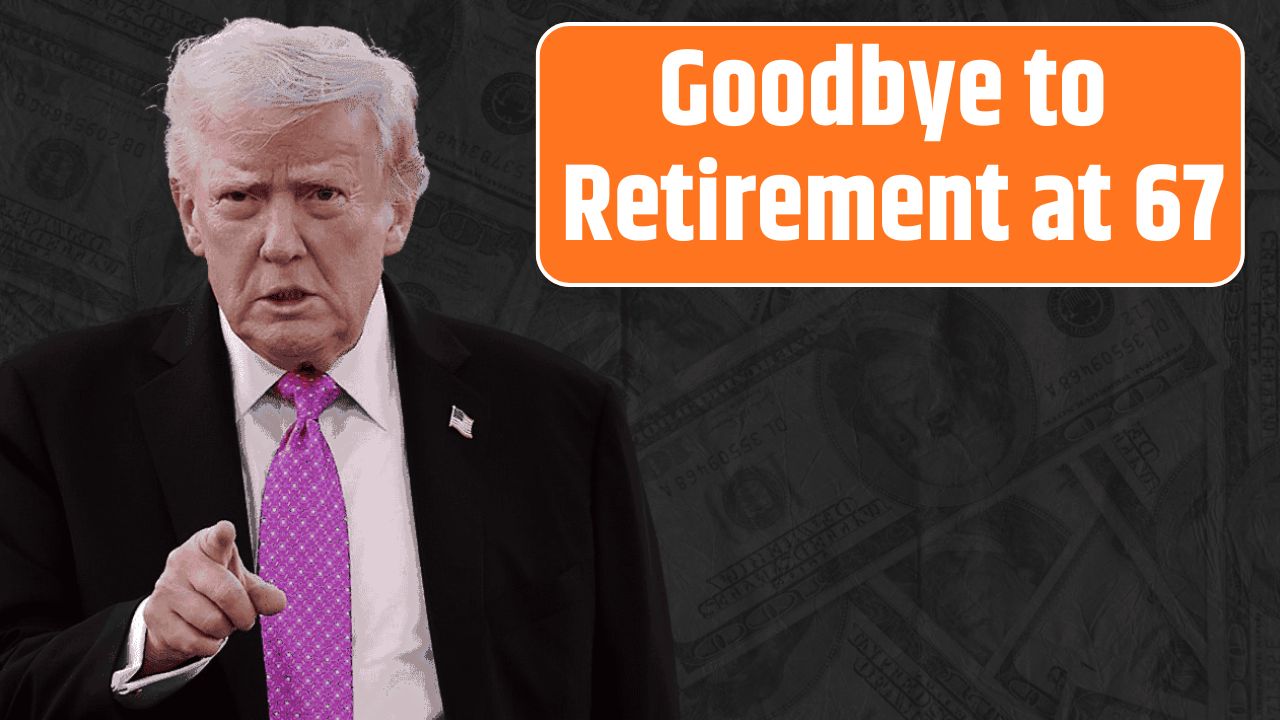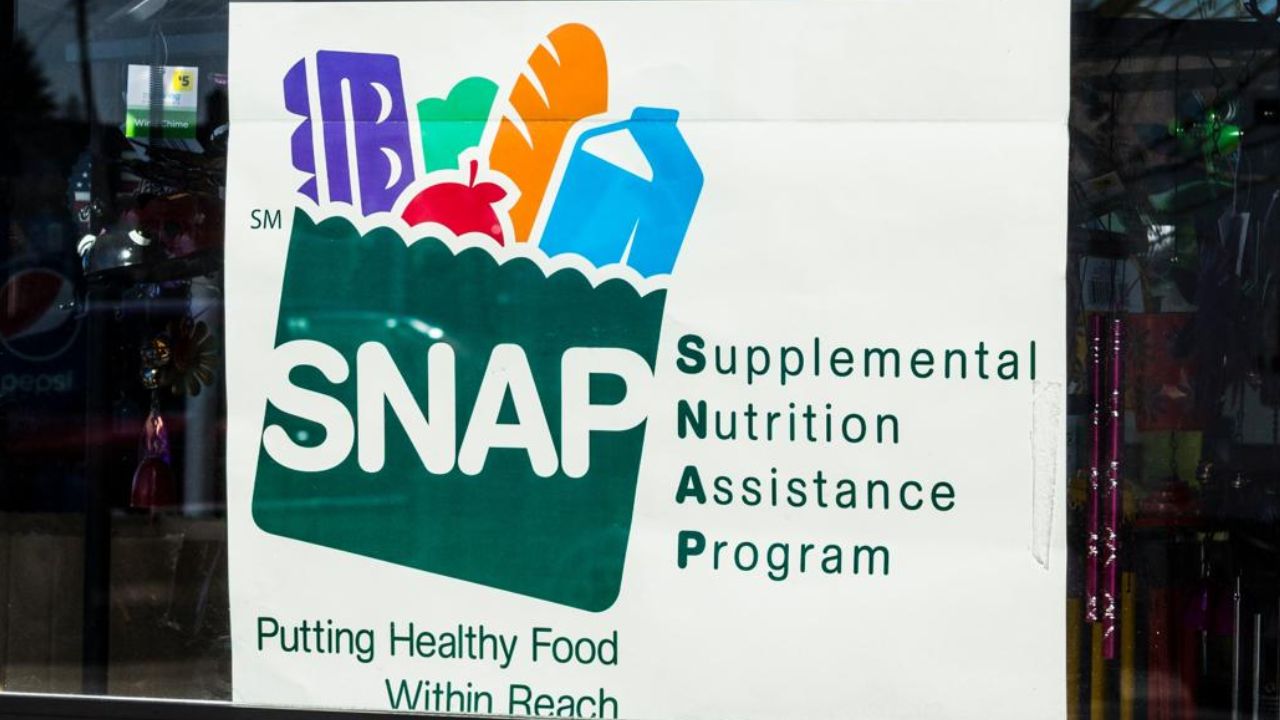For nearly a century, that pale-green paper check stamped with the U.S. Treasury seal symbolized more than money — it was security, reliability, and trust.
And until just a few weeks ago, the Social Security Administration (SSA) was preparing to retire it for good.
But after September 30, 2025, the date that was supposed to mark the end of Social Security paper checks, the government quietly reversed course. What began as a modernization effort has turned into a reminder that efficiency can’t come at the cost of accessibility.
The Push to End Paper Checks
This story began with a March 2025 executive order from President Trump, directing federal agencies to phase out paper benefit payments “to the extent permitted by law.” The order’s goal: streamline operations, cut costs, and reduce fraud.
The math appeared compelling. According to the U.S. Department of the Treasury, each paper check costs about 50 cents to print and deliver, compared with roughly 15 cents for an electronic transfer. Paper checks are also 16 times more likely to be lost or stolen than digital deposits.
By late September, 99.4% of the 69.5 million Social Security beneficiaries had already switched to direct deposit or the Direct Express® debit card (for those without bank accounts).
That left just 0.6% — around 400,000 people — still receiving paper checks each month. Small in number, yes, but significant in human terms.
The Forgotten 400,000
Most of the remaining paper-check recipients live in rural areas, isolated communities, or low-income urban neighborhoods where Wi-Fi is scarce and bank fees are prohibitive.
California has the highest number of paper-check recipients (around 43,000), followed by Texas (28,000) and Florida (24,000).
“For many, paper checks aren’t nostalgia — they’re necessity,” said Nancy Altman, president of Social Security Works.
“They lack the money to open accounts, maintain minimum balances, and pay bank fees.”
A Quiet but Meaningful Reversal
The SSA initially called September 30 the “absolute final date” for paper checks.
But on September 19, just 11 days before the deadline, the agency quietly posted an update to its official blog:
“If you have no other way to receive payments, we will continue to issue paper checks. There are no plans to pause any payments starting October 1.”
In other words, no one would lose benefits due to lack of access to electronic payment systems.
At an October Financial Literacy and Education Commission meeting, SSA’s Director of Finance and Management, Matthew Bilenki, confirmed the policy shift:
“We will continue issuing checks for beneficiaries who lack access to banking or digital options.”
While not a full reversal, it represents a pause — and a rare display of bureaucratic empathy.
The Digital Divide That Won’t Disappear
The government’s retreat highlights a growing reality: the digital divide among seniors remains wide.
According to AARP, about 22 million older Americans do not use online banking. Many lack smartphones, broadband access, or confidence in digital systems.
Advocates have long warned that a full cutoff from paper payments could leave thousands of seniors without rent, medication, or food money for months.
“We support modernization,” said an AARP policy analyst, “but not at the expense of accessibility. If even one senior misses a payment because of a tech barrier, that’s a failure.”
The SSA appears to have taken that message to heart.
What Seniors Can Do Now
The SSA continues to encourage digital enrollment, but now offers three secure options for receiving benefits — plus a hardship exemption for those who can’t make the switch.
| Option | Description | How to Enroll |
|---|---|---|
| Direct Deposit | Deposit directly into a bank or credit union account. | Sign up via your my Social Security account or call your local SSA office. |
| Direct Express® Debit Card | A prepaid debit card for those without bank accounts. | Visit usdirectexpress.com or call 1-800-333-1795. |
| Hardship Waiver (Exemption) | For those unable to use electronic payments. | Call the Treasury helpline at 1-877-874-6347. |
Each paper check now includes an insert explaining these options, and SSA staff are proactively contacting beneficiaries by phone and mail to help with the transition.
Balancing Efficiency with Empathy
Ending paper checks makes fiscal sense — the move could save hundreds of millions in printing and delivery costs over time and reduce fraud risk.
But public trust, especially among seniors, is built not on efficiency — but on reliability.
This episode highlights a larger policy question:
Can modernization truly serve all Americans if it leaves behind those who need it most?
As one Treasury official put it privately, “Technology should simplify access — not cut people off.”
FAQs:
Did the Social Security Administration officially end paper checks in 2025?
No. While the SSA originally planned to stop paper check payments after September 30, 2025, the agency later clarified that beneficiaries who cannot receive electronic payments will continue receiving paper checks “until further notice.”
Why was the phase-out of paper checks delayed?
The SSA cited accessibility concerns. Many seniors—especially those in rural or low-income areas—lack reliable internet access, bank accounts, or digital literacy. Ending paper checks entirely could have left thousands temporarily without their benefits.
How many people still receive paper Social Security checks?
As of late 2025, about 400,000 beneficiaries (roughly 0.6% of the total 69.5 million recipients) still rely on paper checks.

